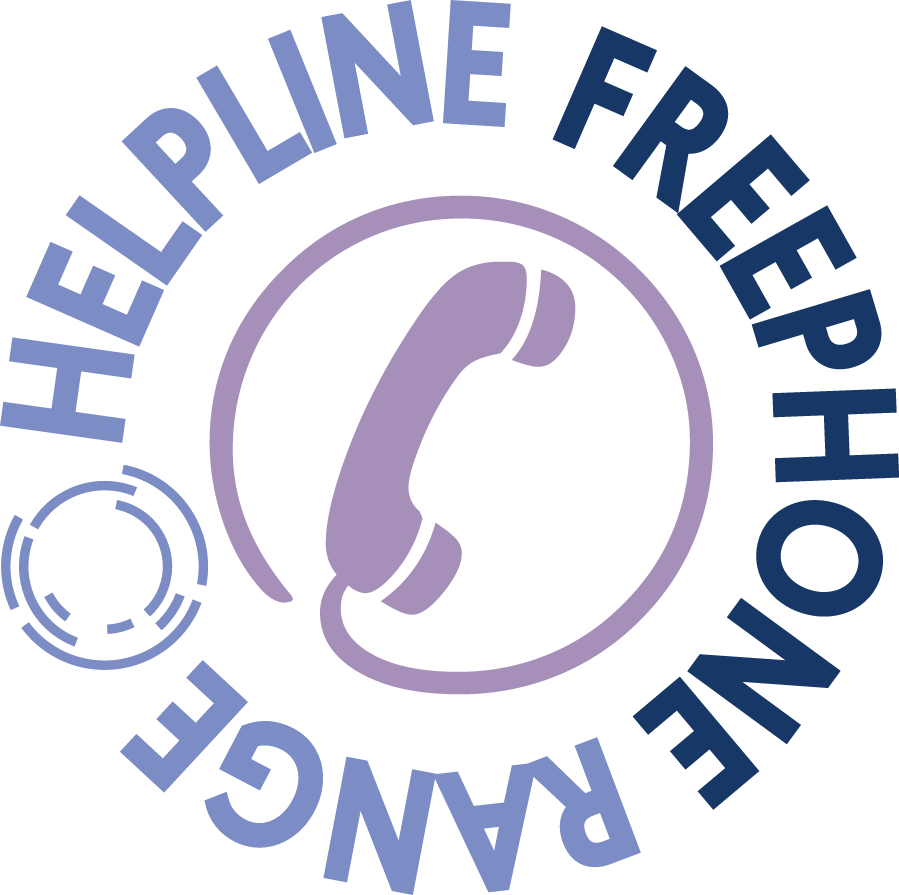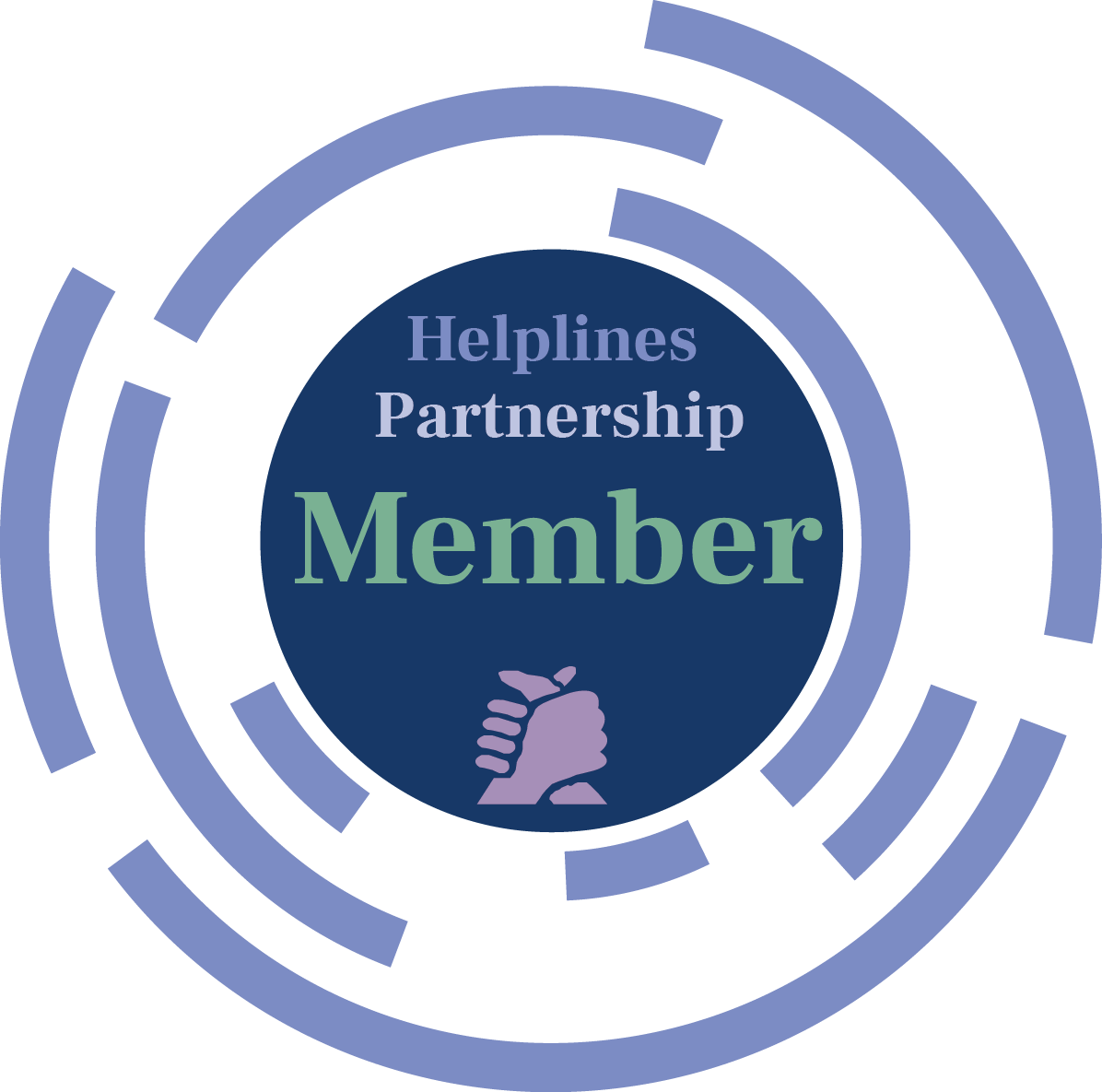
Trying to get your baby to sleep away from home can be tricky. However, it’s important to follow safer sleep guidelines for every sleep, day and night, even when you’re out of routine or staying somewhere new.
On this page, we will help you plan how your baby will sleep away from home, when you are on holiday or visiting family, for example. However, you can tap here if you are unexpectedly away from home for an emergency.
Safer sleep away from home
We understand that packing for babies can be difficult as they need so much equipment and, depending on where and how you are travelling, you will probably have limited space. However, it’s important to think about what you can do to create a safer sleep space for your baby.
If you have access to a cot, Moses basket or travel cot, this is ideal and you can skip down to the ‘Plan ahead’ section. If not, here are a couple of other options:
Safer sleep in a pram
You might be able to use your pram as a space for your baby to sleep away from home. Not all prams are suitable but if you can answer yes to all of these questions, it can be a good space-saving option:
🟡 Is the sleep space completely flat?
🟡 Is the mattress firm and waterproof with no cushioned or raised edges?
🟡 Can the pram hood be pulled back?
🟡 Can the apron be removed?

Be aware that the sides of a pram carrycot may trap more heat than a regular cot so adjust your baby’s bedding accordingly.
Safer co-sleeping
If you choose to bring your baby into bed with you, it is important to prepare the bed correctly.
This means moving all adult bedding (duvets, pillows, etc) away from baby so they have a clear, flat space to sleep on. The mattress should be firm and flat and baby should be laid near the middle of the bed so they can’t roll out or get trapped between the mattress and the wall, and you should remove the headboard if it isn’t solid (e.g. it has slats).
You should also only have one infant in the bed at a time, and no pets.

However, there are situations when it is NOT safe. Do not share a bed with your baby if any of these apply:
🔴 Your baby was born prematurely (before 37 weeks of pregnancy)
🔴 Your baby weighed under 2.5kg or 5½lb at birth
🔴 Anyone in the bed smokes (even if they don’t do it in the bedroom) or the baby was exposed to smoking in pregnancy
🔴 Anyone in the bed has drunk alcohol or taken drugs
🔴 Any of the adults in the bed have taken medication that makes them sleepy
In these scenarios, it is always best to put baby in their own safe sleep space, such as a cot or Moses basket. Keeping the cot or Moses basket next to your bed might make this easier.
Where not to sleep
Babies need to sleep on a firm, flat surface, therefore pods, bouncers and swings are not suitable for daytime naps or nighttime sleeps. It is also unsafe for a baby to sleep on an armchair or sofa, and car seats should only be used for transporting your child, never for a sleep indoors.
It is important to follow this guidance even for sleep away from home, so plan ahead as much as you can.
Plan ahead for sleep away from home
Many hotels and other holiday accommodations provide cots but they don’t always conform to safer sleep advice, so it may be helpful to contact your accommodation directly to see what they offer.
Babies should not use bulky bedding such as quilts, duvets, pillows or weighted blankets as they can cause overheating. And remember, a cot should have:
🟢 Firm, flat, waterproof mattress
🟢 Well-fitting mattress (no gaps)
🟢 No cot bumpers
🟢 Rigid, firm base
🟢 No damage
Also, to help your baby maintain the correct body temperature, make sure the cot is positioned away from the radiator, window and air conditioning.
More information
Visit our summer safety webpage for information on caring for your baby in warm weather.

